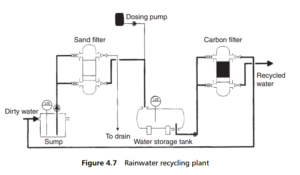0
-
An empty cart
You have no item in your shopping cart
envato-wordpress-toolkit domain was triggered too early. This is usually an indicator for some code in the plugin or theme running too early. Translations should be loaded at the init action or later. Please see Debugging in WordPress for more information. (This message was added in version 6.7.0.) in /var/www/wp-includes/functions.php on line 6121g5plus-darna domain was triggered too early. This is usually an indicator for some code in the plugin or theme running too early. Translations should be loaded at the init action or later. Please see Debugging in WordPress for more information. (This message was added in version 6.7.0.) in /var/www/wp-includes/functions.php on line 6121Much thought is currently being given to the immediate collection of rainwater and its use for low grade fresh water applications, such as toilet flushing, garden irrigation and so on. An automatic system that collects rain and wastewater from roofs and pavements in and around a building, stores it in a tank and then filters it to produce a pure supply is shown in Figure 4.7. The system can remove all organic compounds including oil, grease and detergents.

A similar approach is now being adopted to the recycling of so-called ‘ grey water ’ , which is all of the water going to the domestic drain except that from toilet flushing. This includes bath and shower water, and laundry waste. It might also include kitchen sink drainage, provided that this has no toxic content.
The main problems with rain and grey water recycle are public acceptance, and the cost of very different plumbing circuits, to take two grades of water around the house or apartment building.